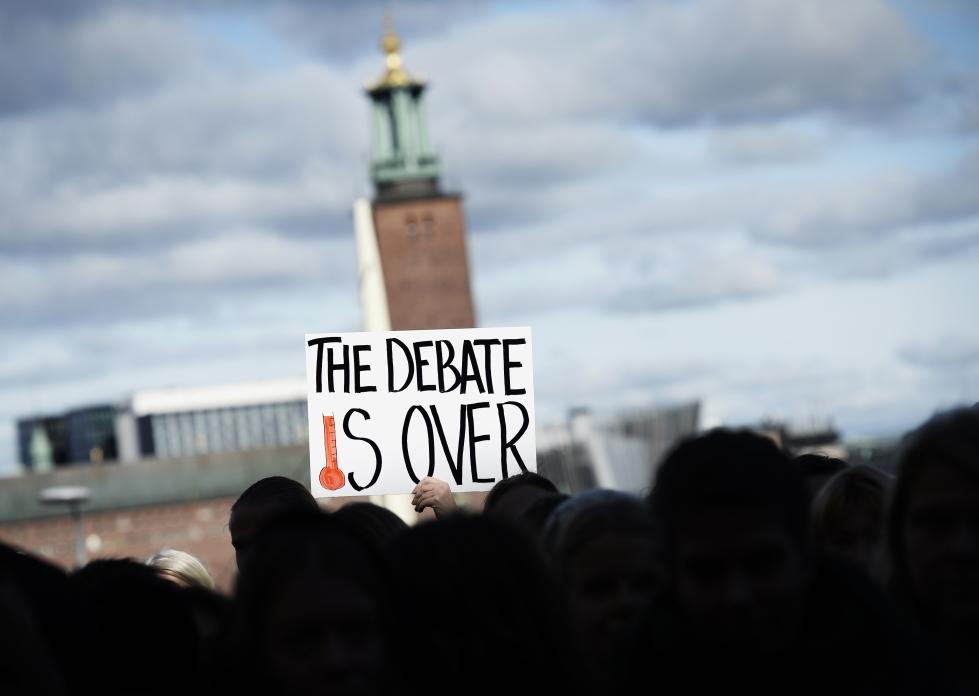Commentary
What are we to make of the “code red for humanity” report just released by the United Nations Intergovernmental Panel on Climate Change (IPCC)?

What are we to make of the “code red for humanity” report just released by the United Nations Intergovernmental Panel on Climate Change (IPCC)?